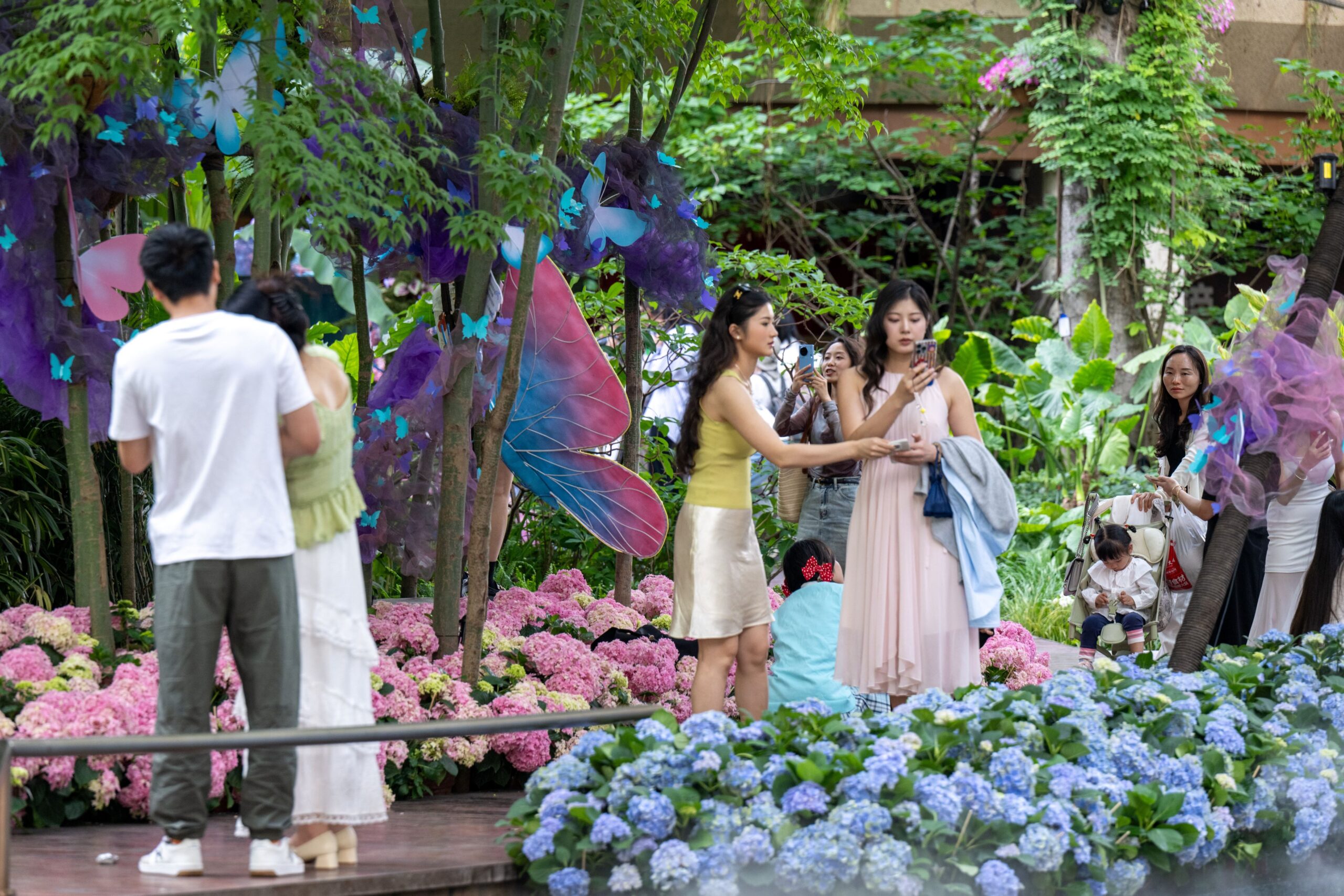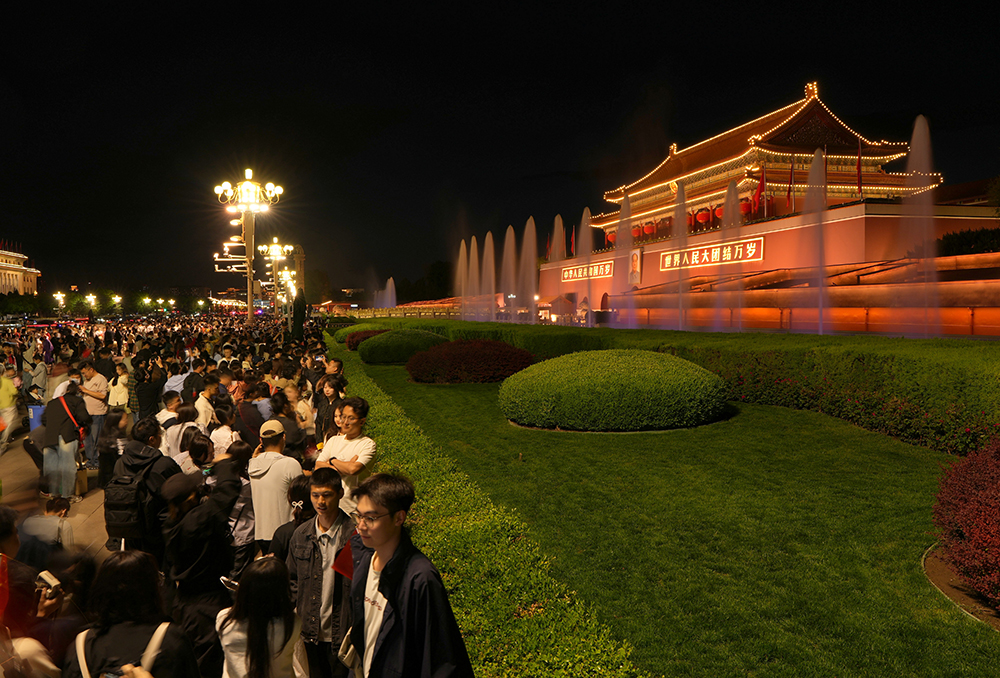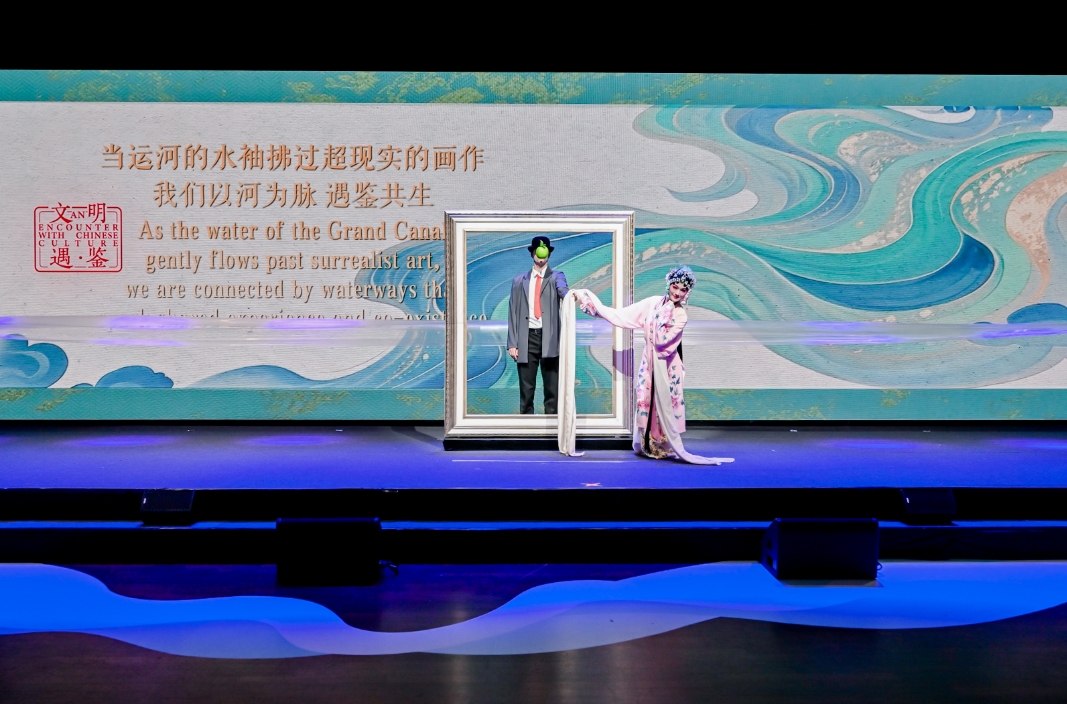A new wave of “Monet Gardens” in China is capturing the imagination of young people, with blooming flowers, artistic landscapes, and viral social media moments.
As summer sweeps across China, a fresh and vibrant trend is emerging in cities like Chengdu, Beijing, Nanjing, and Kunming: the rise of “Monet Gardens.” Inspired by the iconic Impressionist works of Claude Monet, these floral installations are transforming city parks and commercial areas into immersive landscapes filled with light, color, and calm.
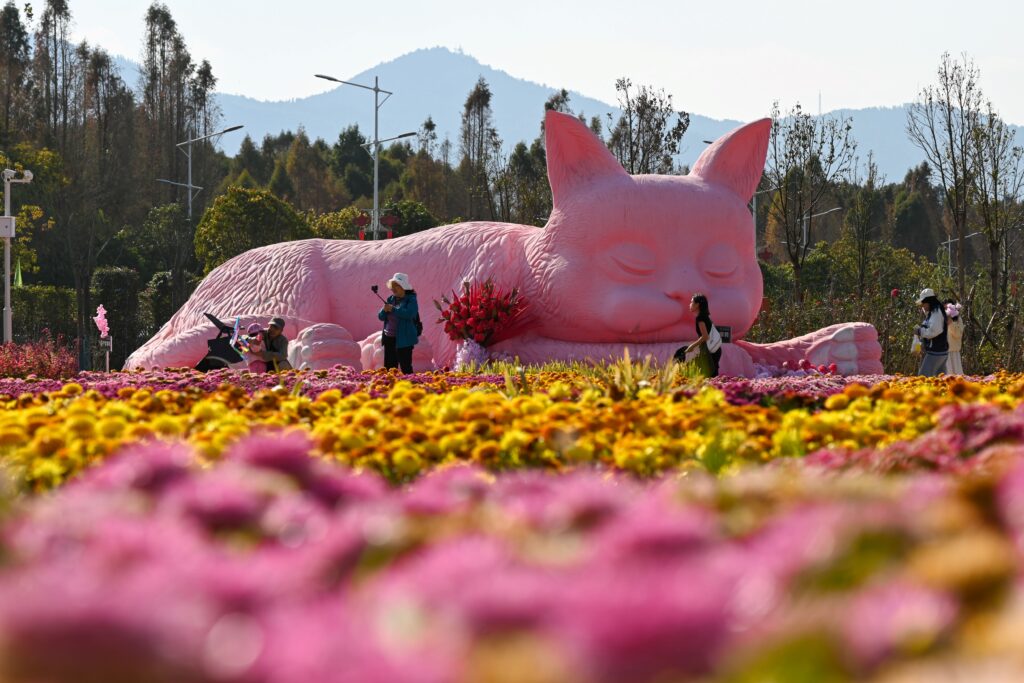
In Chengdu, a bustling shopping plaza now bursts with thousands of hydrangeas, lupines, and other blossoms in soft shades of pink, blue, red, and white. “I come here almost every weekend with friends to take photos,” said Li Wei, a university student. “It feels like stepping into a Monet painting—so romantic and peaceful.”
In Nanjing, visitors stroll through fields of flowers near the Ming Xiaoling Mausoleum and Yanque Lake. “It’s the perfect place to find inspiration for my paintings and relax after exams,” said Chen Rong, an art major at a local college.
Beijing’s Haidian Park has embraced the trend with its vibrant “Dianyuan Flower Valley,” where influencer Zhang Mei recently posted a viral video. “The light and colors here are surreal,” she wrote. “It’s hard to believe this is in the middle of the city.”
Further south, Kunming’s Haihong Monet Garden attracts flower lovers year-round. Local florist Wang Jie noted, “Young people love sharing these beautiful scenes online. It helps to boost local tourism, especially in spring and summer.”
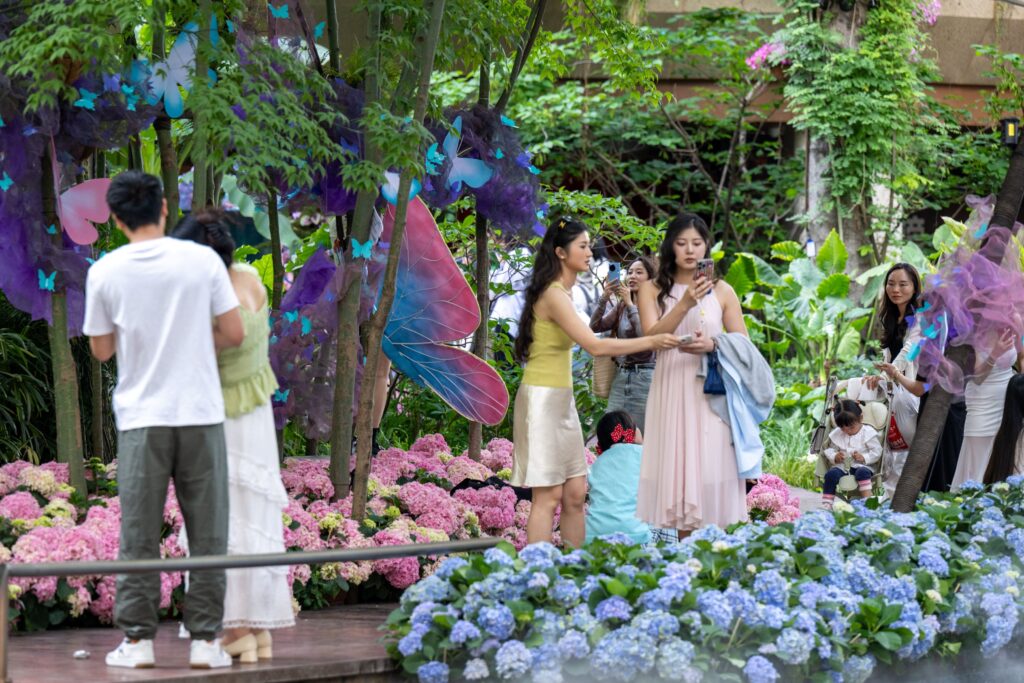
An Inspiration from Claude Monet
The choice of Claude Monet as a design inspiration goes beyond aesthetics. Monet’s gardens—especially the famed water lily pond and Japanese bridge in Giverny—are more than landscapes. They represent harmony between nature and emotion, spontaneity and structure, tradition and innovation.
By drawing on Monet’s style, Chinese cities offer more than decorative flower beds. They create emotionally rich, artistic spaces where people can feel part of a living painting. In doing so, they invite visitors to pause, reflect, and connect with something timeless.
This fusion of Eastern landscapes and Western Impressionism speaks to a larger cultural trend: young Chinese are increasingly looking for authentic, emotionally resonant experiences that balance beauty and meaning. The Monet Garden concept brings art into everyday life, allowing visitors to walk through scenes that once existed only on canvas.

A Place to Relax and Get Inspired
These gardens offer a break from the pressures of modern life. In fast-paced cities, spaces filled with color, softness, and open air create a kind of emotional breathing room. For many, a stroll through a Monet Garden is a gentle escape from screens, deadlines, and noise.
They also thrive in the age of social media. The dream-like visuals—sun-drenched paths, clusters of pastel blooms, reflections on water—are ready-made for sharing. On platforms like Douyin (TikTok) and Xiaohongshu (Little Red Book), Monet Gardens have become instant hits. Visitors post photos, videos, and vlogs, turning these locations into trending lifestyle spots.
But the appeal runs deeper than aesthetics. Monet Gardens reflect a longing for connection—between people and nature, art and everyday life, tradition and innovation. For young visitors, they offer not only photo opportunities but moments of calm, creativity, and self-expression. Many say walking through a Monet-inspired garden helps them feel inspired, refreshed, and more in tune with themselves.
In a world dominated by noise and speed, China’s Monet Gardens are offering something rare: stillness, beauty, and a touch of wonder.
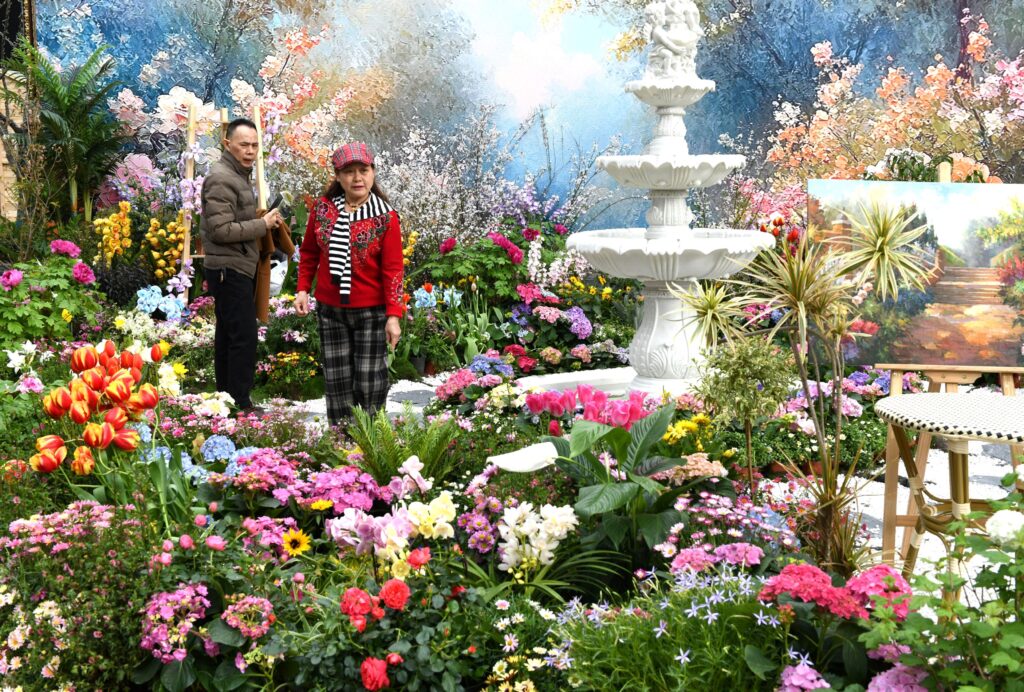
If you liked this article why not read: Why Are Young Chinese Crazy For Fridge Magnets?

